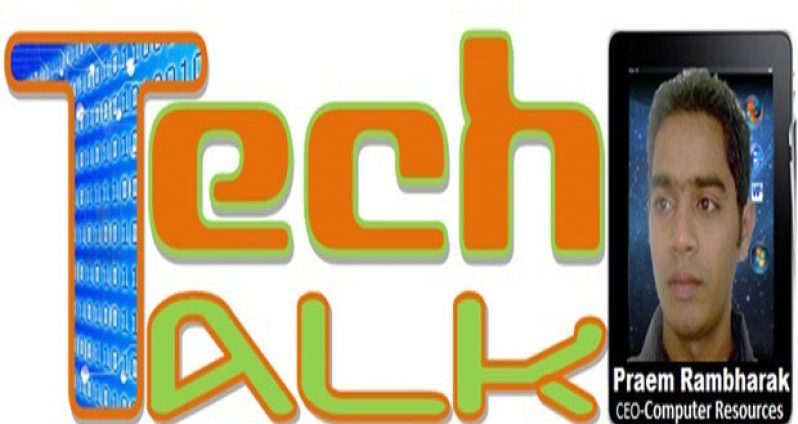With no funeral, retrospectives, accolades, or notes of sadness, the Windows 7 era has come to an end.
Microsoft stopped selling Windows 7 licenses to PC makers last Friday. So no more new PCs with Windows 7, with the exception of existing inventory. Windows 7 Professional will remain on sale as a standalone product for a very limited time.
What does this mean for the vast number of Windows users? Apparently, not much. New machines are equipped with Windows 8, and Windows 10 is just around the corner. We can now see Windows 7 for what it was: a place-holder designed to assuage the hordes of critics who did not like Vista.
Windows 7 refuses to talk to the other machines on the network. It won’t talk to one of the Epson printers and new drivers cannot make it work. It turns its nose up at the old Network Attached Storage (NAS) device I use. There were some patches that allowed it to see the NAS for a while, then it crapped out and the connection never worked again.
Windows 7 showed up in the market to “save” Microsoft after the company failed to market the feature-heavy Vista properly and the public soured on it. After all these years, I can accurately conclude that Vista was head and shoulders above Windows 7.
Windows 7 was a defensive OS designed to pare down Vista and clean it up to make it more presentable. In the process, it felt more like XP than Vista.
The things it could not do were too numerous, but because the hatred of Vista was so extreme nobody wanted to whine about Windows 7 lest they look like complainers. If you have not noticed, there has been a trend towards passivity amongst the tech media. They’ve given up. Complaining does not really work. Fixes make things worse. Windows 7 was the best example of this.
Thus we have no retrospectives for Windows 7, nothing. It’s kind of the way it was with a lot of other Microsoft dogs. Bob, the graphical cartoon-like OS, is not even allowed in the official Microsoft timeline. Who knows when it was discontinued? Front Page, a world-beater of a Web development platform (largely ruined by Microsoft) ended with no fanfare. There are plenty of examples, but they generally are not key operating systems. Even Windows ME never seemed like anything serious and it definitely wasn’t released to fix anything.
Windows 10 appears to be a little like an OS designed to fix Windows 8.1, an OS which did get a lot of complaints (perhaps reluctantly). Goodbye, Windows 7, and good riddance.
TECH COMPANIES HELPING RELIEF IN NEPAL
-Facebook to match user donations to Nepal earthquake relief
Nothing quite unites mankind like natural disasters. Be it nations or corporations. Much like the Japan Earthquake and more recently the Uttrakhand floods, technology companies have once again stepped up to assist relief and rescue efforts in Nepal after it was shattered by a 7.9 magnitude earthquake. From the biggies like Google and Facebook to new-age internet companies like Viber and Uber, tech firms have come up with a host of initiatives to find missing people and get in touch with them. Thumbs up to tech with a conscience, we say!
Facebook Security Check: Facebook has come up with a feature that allows people in areas affected by the recent earthquake to update their safety status. People can mark themselves “safe”. Facebook is using its Safety-Check feature which it launched in 2014 for this purpose.
Facebook is urging its users to support victims of the Nepal earthquake with the promise that it will match every dollar donated up to $2 million. Facebook said that its matching funds will be distributed to local relief and rescue organisations working to provide immediate and ongoing relief.
Google Person Finder: Google is helping locate thousands of missing people in Nepal through its free, accessible to everyone, Person Finder tool. Google’s Person Finder is a free tool that helps friends and family members search for missing persons after a calamity.
Viber: the instant messaging and internet calling company has made calls from Nepal free of cost for a couple of days. Viber has switched off ‘Viber Out’ billing so users in Nepal can make free calls to mobile and land line numbers anywhere in the world for the next 48 hours
Uber: Uber India has joined in the relief operations by offering to make donations from its users reach the PM’s Relief Fund. An email from the company to its users stated that “At its core, Uber is a logistics platform. Using it to make it easier for more people to join in this massive relief effort is our tiny contribution to the people affected by this calamity. Uber is connecting your donations directly to the Prime Minister’s Relief Fund across 11 Indian cities in an effort to help raise funds.
‘SMART BULLETS’ CAN HIT MOVING TARGETS
In what some might consider a terrifying development, the U.S. military has passed a key milestone in creating self-steering bullets.
Using technology developed by the Defense Advanced Research Projects Agency (DARPA), experienced and novice shooters alike demonstrated that they could hit moving targets during a series of tests.
Military snipers are often faced with having to hit moving targets in difficult conditions, such as high winds or dusty terrain like that found in Afghanistan. DARPA’s Extreme Accuracy Tasked Ordnance (EXACTO) programme was designed to increase snipers’ accuracy in these situations, by improving their range and reducing the time required to hit a target.












